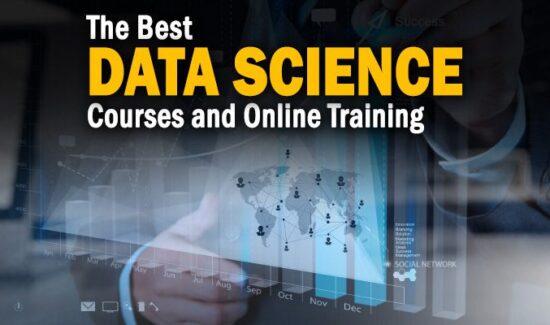Three Common Data Science Use Cases You Need to Know


Solutions Review highlights the most common data science use cases you need to know about so you can select the best software.
Evaluating data science and machine learning software is a complex process, one that can be painstaking given all that an organization must consider prior to deployment. These complexities grow even more pronounced when one considers the data science use cases they need to solve for, or whether citizen data scientists or expert users will be piloting a particular solution. Software platforms grow more technically advanced on a daily basis, and the data science marketplace represents one of the most innovative in enterprise technology.
Data science features perhaps the most diverse range of solution providers of any software category. This is definitely purposeful, as use cases and requirements vary from organization to organization with some needing a more augmented approach via machine learning to build and model. Other providers offer more advanced functionality aimed at expert users. Your mileage will vary based on your employee talent and skill, the business problems at hand, and your budget.
With these things in mind, our editors have compiled this list of the most common data science use cases you need to know.
Data Discovery
Data discovery is a process that enables users to detect patterns in data by viewing it or applying guided advanced analytics to assist them. It involves a combination of business process and specialized software. These capabilities can be found in modern data science and analytics software. The word ‘modern’ refers to products that offer advanced analytic functionality and not just traditional reporting and dashboards. While no standalone data discovery solution exists, software seekers can use a number of tools to enhance their complex analysis.
Data discovery is being impacted by the same technologies as other core components of data analytics and BI software, and future processes and products will be shaped by AI and machine learning. The augmentation of data science and analytics will soon become mainstream for data discovery as well. Augmented data discovery utilizes new technologies to automatically find, visualize and narrate findings that may be of interest to specific users.
Prototyping and Refinement
Prototyping happens when data science tools users build and test new machine learning techniques before moving them into production. Used as a way to improve or enhance existing analytic practices, prototyping can help organizations uncover when old approaches are no longer bringing the expected result. Prototyping typically involves the use of a large amount of data (or data sources) in combination with an analytic approach put into action by expert data science tools users.
Production refinement encompasses MLOps, or machine learning operations, so organizations can make improvements and updates to existing machine learning models. It’s within this use case that users can monitor and track the performance, management, maintenance and governance of each model using specialized software.
Augmented Data Science
Augmented data science and analytics uses machine learning to change how analytic content is developed and used. The technology encompasses other modern analytical capabilities like data preparation, data management, business process management and process mining. Organizations can also embed insights from augmented analytics into their own applications. Augmented analytics automates these processes to eliminate the need for data scientists.
Augmented data science and analytics is a major strategic planning topic to consider, as the paradigm also includes technologies like natural language query and generation. These and the capabilities mentioned above will be commonplace in the space sooner than later, and may fundamentally alter how organizations think about the analytic process.



































